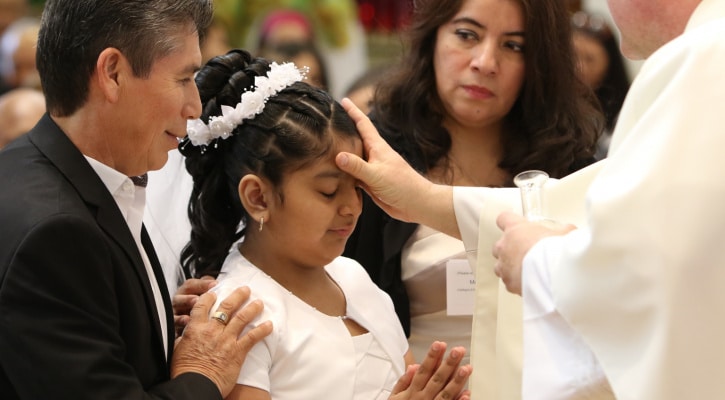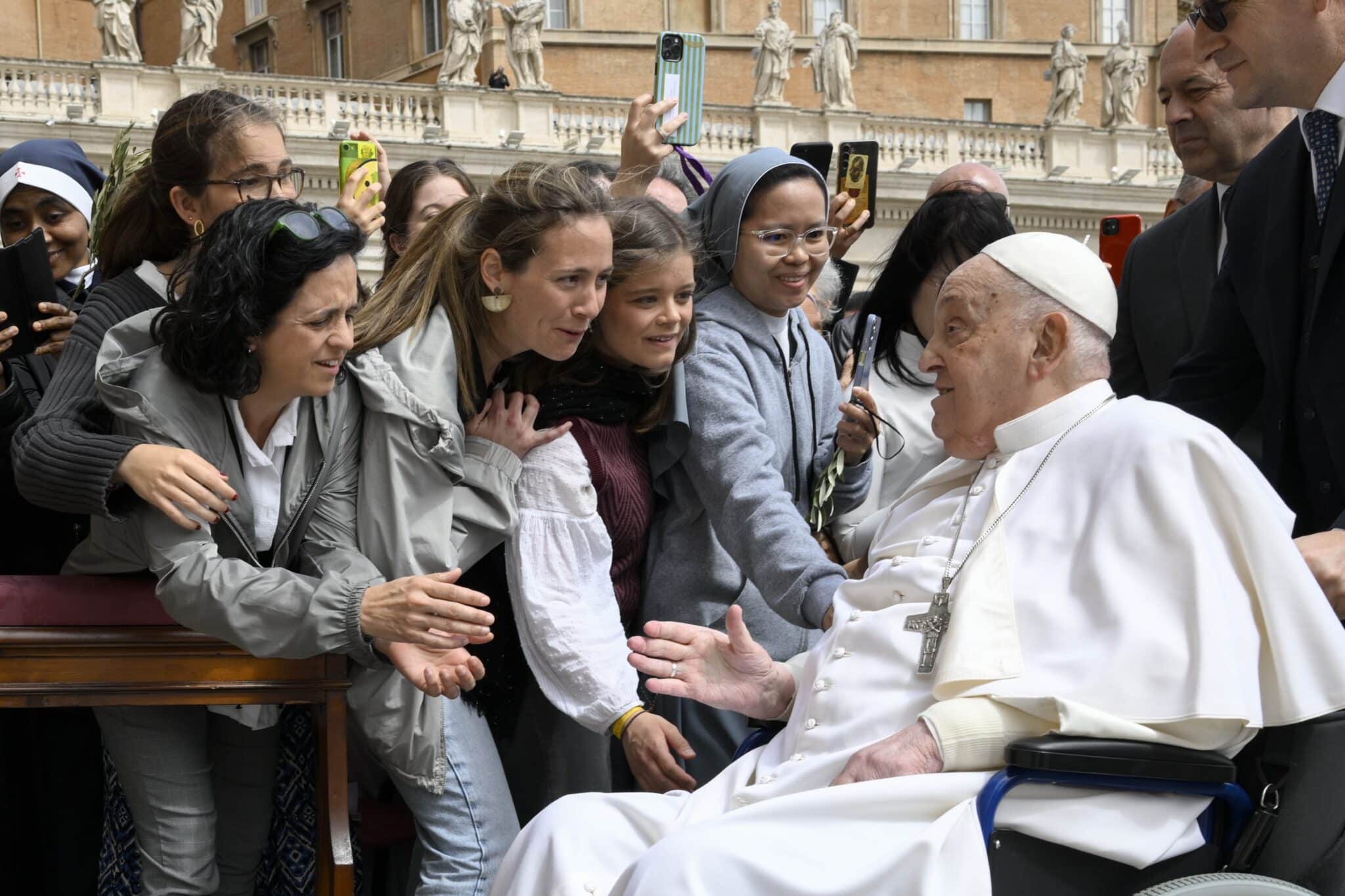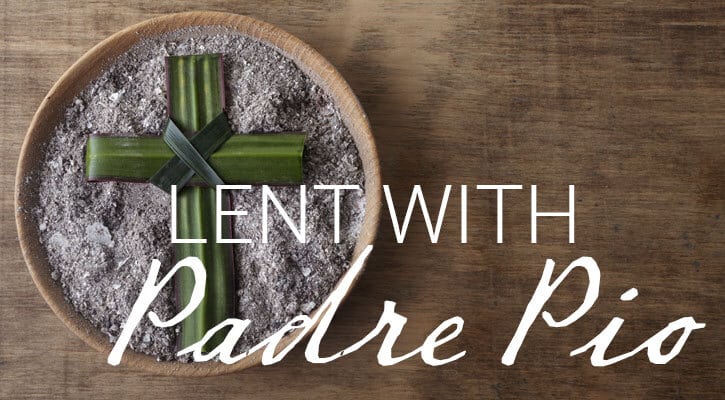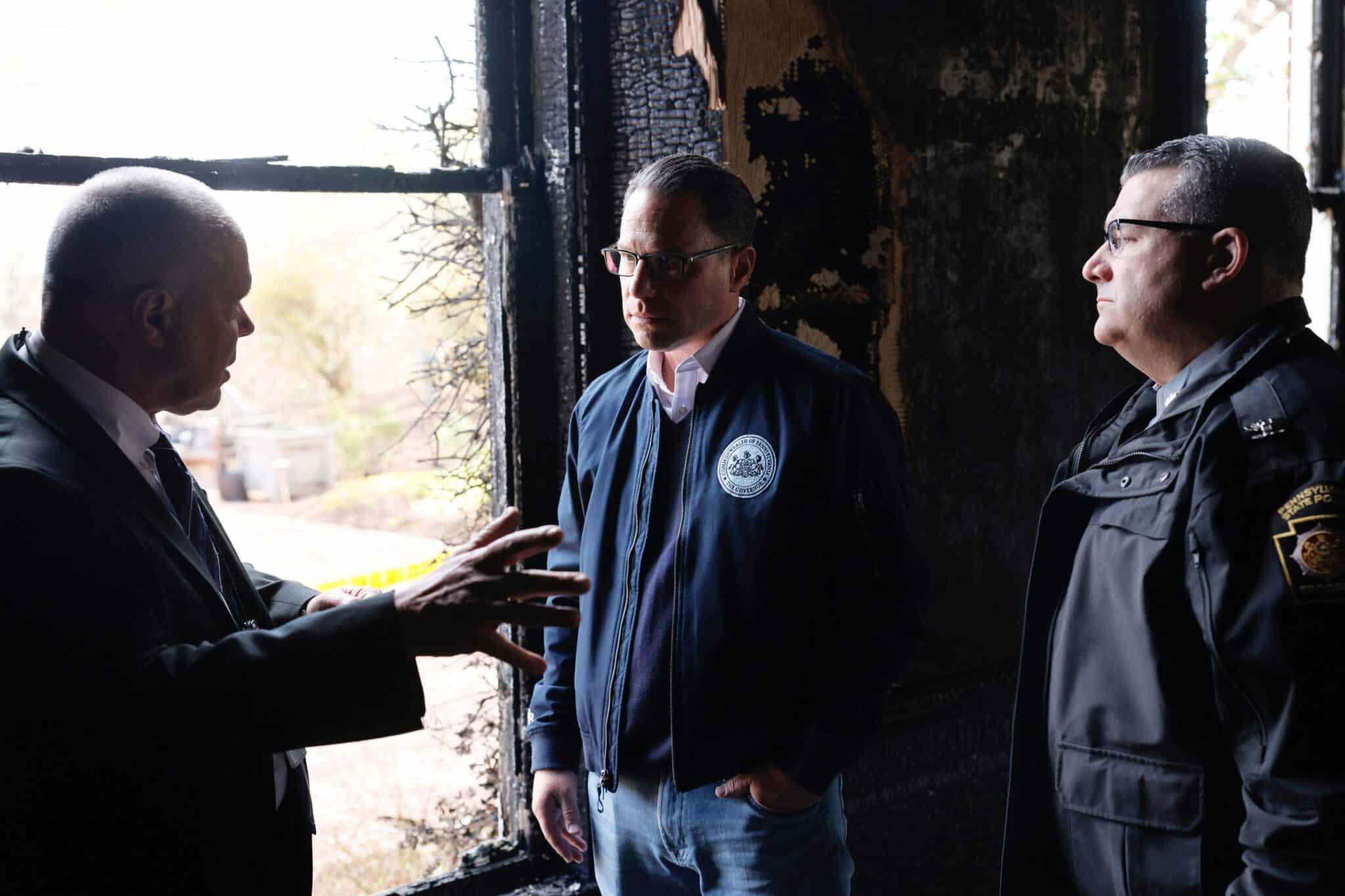The girls wobble unsteadily on new heels; the boys in their suits look awkward as colts. The teenagers’ interests lean toward the gifts after Confirmation, especially those intriguing white envelopes that might contain cash.
So what’s a parent to do? We’re torn between wanting our children to appreciate the full richness of the sacrament and knowing that it may take years for the meaning to unfold.
Three pieces of advice might help us live with this dilemma.
Think Long-range
One answer is to take the long view, as did Liz, veteran mother of four boys. As she watched her son Scott being anointed with chrism (oil scented with balsam), she whispered to her husband, “He may not know now how much he’ll need this. But in the years ahead, he’ll draw on it again and again.”
Liz was, of course, prophetic. The oil was barely dry on the teenagers’ foreheads before their car doors slammed and plans were shouted to meet for doughnuts. But in a dangerous world of car accidents and AIDS, addictions and gun violence, parents are well advised to cherish this symbol of strength and protection.
For Scott, one of the times his mother had predicted came six years after Confirmation. A deft skier, he had an accident so critical that the helicopter landed right on the slope. As it flew Scott to the hospital, his parents were notified by phone that he might not survive. They called their pastor who anointed Scott in the emergency room. After several grueling weeks in intensive care, he lost an eye, but his life was saved. Thus, the same symbol can spiral throughout our lives, from Baptism to Confirmation to the Anointing of the Sick.
Understand the History
Some of the current confusion about the sacrament results from the separation between Baptism and Confirmation after the 11th century. In the early Church, the bishop laid hands on the newly baptized and anointed them as part of the baptismal rite. The joining of the water bath and anointing was meant to show the link between Jesus’ baptism and the outpouring of the Spirit on his mission.
As Christianity spread, however, it became difficult for the bishop to anoint numerous converts. This part of the rite was deferred to a later time when he could visit the parish. Gradually, the post-baptismal anointing became known as “Confirmation” and the candidates, rather than being newly baptized, were people who had been baptized years before.
In the Rite of Christian Initiation of Adults, the original practice has been restored. Now in this rite, regardless of age, people receive all three sacraments of initiation at once: Baptism, Confirmation and Eucharist. In the Eastern Church, where the anointing was not reserved to the bishop and could be done by the priest, no separation between sacraments occurred; all are celebrated together.
Parents should remember that this is not the first outpouring of the Spirit upon their child. That happened in Baptism. Confirmation candidates have lived in the faith of the Church for some time. On their 25th anniversary, a couple may repeat the same marriage vows, but they say them in a different context than when they were first married. With all the weight of experience behind them, the vows may be even more meaningful.
So Confirmation celebrates the Spirit who has always been present in the young person’s life, making him more like Christ, strengthening her to continue God’s work. Some communities emphasize maturity, and some parents may have been confirmed under the “soldier of Christ” model. But the Rite of Confirmation doesn’t mention maturity. No one could ever “deserve” the Spirit’s gift—look, for example, at the frightened apostles on Pentecost. No paragons of maturity in that Upper Room!
Let the Symbols Do Their Work
It helps bewildered parents to concentrate on the Confirmation symbols as an alternative to the “Everything You Always Wanted to Know About Being Catholic” approach. Unfolding the symbols, as we saw in Scott’s story, may take a lifetime. But it offers a more meaningful alternative to the deadly emphasis on facts, figures, dogma and data that constitute some sacramental preparation.
One catechist suggests that the jokes calling Confirmation the sacrament of exodus have a basis in fact. “Pandering to the prediction that those confirmed will leave the Church, we serve up the sacred truths of our faith and the rich mythology of Catholicism in an endless stream of pointless data, presenting it with all the flair of a class in Algebra I” says Ted Furlow in the February 5, 2001, issue of America magazine.
Instead of this desiccated, boring approach, which repels kids with a barrage of information, the symbol speaks of the richness of reality. It is not foreign to kids’ experience: We use symbolic language daily, with a door slammed, a high five, a kiss or embrace. Symbols affect the whole person, not just the intellect. We move from sensible fact to meaning as symbols communicate an elusive message.
Religious symbols point to the inexplicable and help create the very presence of that to which they point. It is hard for any parent to put love for a child or spouse into language; how much harder it is to name God’s presence among us. Bread torn, oil smeared, wine poured—all speak of a world being transformed and our participation in that transformation.
The genius of Catholic sacramentality is the bold claim we make: that through these concrete actions, God comes among us. Through this laying on of hands, this anointing with chrism and these words, we receive the same Spirit that Jesus received at his baptism and that the apostles received at Pentecost. We join the same Spirit-filled community to which great saints belonged: Catherine of Siena, Thomas More, Teresa of Avila.
Sociologist Andrew Greeley says of sacramentality: “Catholics stay in their Church because they like being Catholic, because of loyalty to the imagery of the Catholic imagination, because of pictures of a loving God present in creation, because of the spiritual vision of Catholics that they absorb in their childhood along with and often despite all the rules and regulations that were drummed into their heads” (The Catholic Myth).
Parents who want their children to remain Catholic should put their hopes more in the sacramental symbols than in information memorized, drilled and tested.
Focus on the Symbols
Let’s reflect, then, on the symbols of Confirmation:
Laying on of Hands. Remember how often Jesus touched the people he healed? See, for instance, the cure of Jairus’s sick daughter (Mark 5:21-24, 35-43). Elsewhere in Scripture, the laying on of hands brought the Spirit’s life-giving power for service and ministry (see Acts 6:6 and 13:3). Through the ritual gesture, our children are blessed and empowered to bring their unique gifts to the people of God.
Anointing With Chrism. The word chrism is related to the word Christ, which means “anointed.” The ancient Hebrews anointed kings and priests, marking that person as sacred. Later, Christians called Jesus the Christ, the Messiah, the anointed one. When the bishop blesses the oil on Holy Thursday, he invokes the Spirit so that those to be anointed will share in Christ’s “royal, priestly and prophetic honor.”
When our children are anointed, then, they share in Jesus’ mission. They are marked with a new identity that cannot be changed. In the rite we ask that this seal will make them more like Christ.
Signing With the Cross. Our children are familiar with insignia which mark one a member of a certain fraternity, sorority or military branch. Gang colors identify their members, as uniforms do theirs. What does it mean to be marked with the sign of the cross? It grounds our life firmly in Jesus’ life and empowers us to remain faithful in adversity.
Marking our children with the cross at Confirmation, as they were marked at Baptism, reminds them of their Christian identity, their call to mission and the price they must pay to witness to Jesus. Young people who seek heroes can identify here with the greatest hero who ever lived. Jesus in turn calls them to love the difficult, to live out the adage that youth was made for heroism.
Gift of Peace.The exchange of peace is an ancient ritual that transcends divisions in the community. It points to an underlying unity that comes from the Spirit. Our children belong to the Body of Christ, which is fractured now but looks forward in hope to the restoration of oneness.
Riddle: When Is an End a Beginning?
The sacrament celebrated at church is only the beginning. We and our children can sometimes savor it more in retrospect. This is the way we relive a trip through souvenirs or revisit an important event through photos or videotapes.
So in one sense, a sacrament is about remembrance: Confirmation looks back to the descent of the Spirit on Jesus after his baptism.
But we also look forward. It gives our children and us a new way of seeing, a symbolic language to help interpret this world. They go forth from Confirmation empowered for service, anointed like royalty, signed with Christ’s cross and gifted with peace. Through the ritual, we give them the best we have.
Parents can continue to pray for their children in the words of the bishop who lays hands on them:
“Send your Holy Spirit upon them
to be their Helper and Guide.
Give them the spirit of wisdom
and understanding,
the spirit of right judgment
and courage,
the spirit of knowledge
and reverence.
Fill them with the spirit
of wonder
and awe in your presence.
Amen.”
—Thomas Morris contributed to this article.








